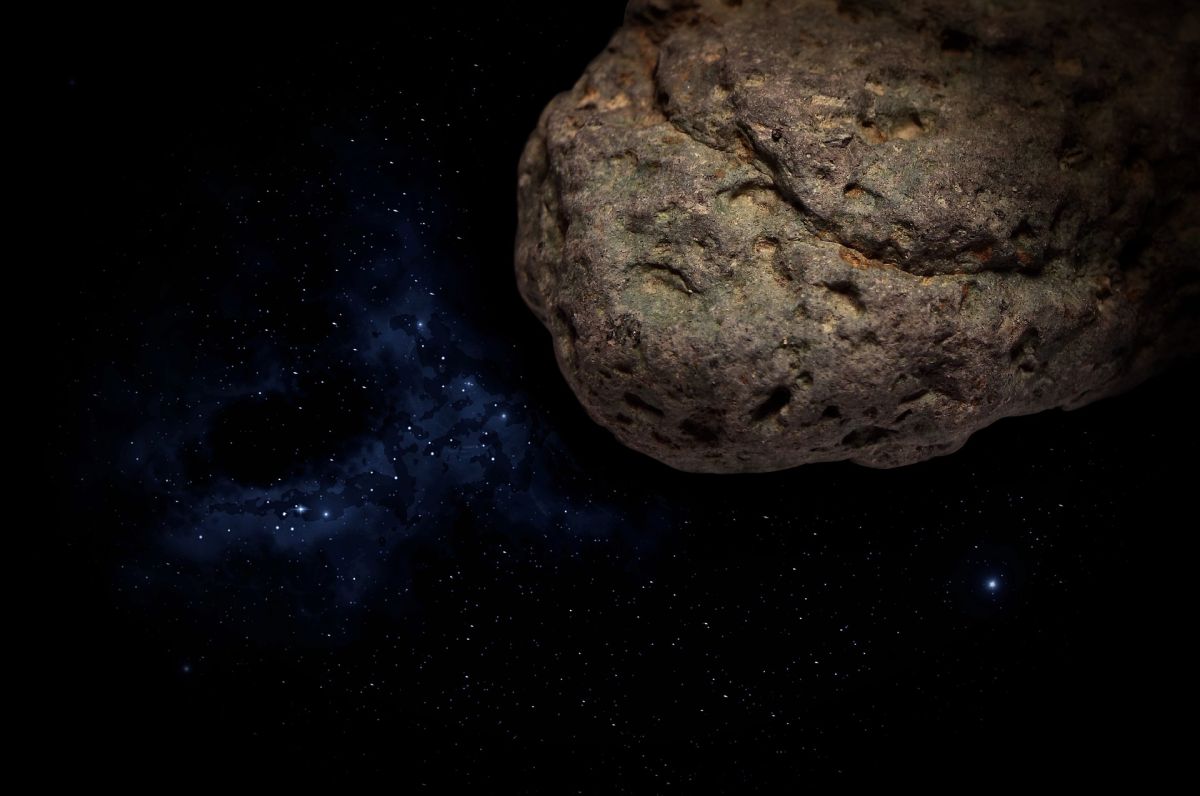Astronomers have discovered three new near-Earth asteroids hiding in the Sun’s glare, including the largest “potentially dangerous” asteroid discovered in eight years.
Thanks to the Cerro Tololo Inter-American Observatory , in the Coquimbo Region, Chile, the discovery adds to known near-Earth objects, in particular, those between the orbit of Earth and Venus.
The asteroid, known as 2022 AP7, is 1.5 kilometers wide, that is, almost a mile, and its orbit crosses that of the Earth, according to the study published in The Astronomical Journal.
Studying this region is difficult due to the brightness of the Sun, so observation campaigns only occur in the brief window of 10 minutes after sunset and before sunset. of dawn. This led to the discovery last year of the asteroid 2021 PH27, the closest known body to the Sol, which is also more than a kilometer wide but luckily never comes close to us.
A third intriguing object has been called 2021 LJ4 and is slightly smaller.
“ Our twilight survey is scanning the area within the orbits of Earth and Venus for asteroids,” Scott S. Sheppard, an astronomer with the Earth and Planets Laboratory at the Carnegie Institution for Science, said in a statement.
“So far we have found two large near-Earth asteroids that are approximately 1 kilometer in diameter, a size that we call planet killers“, he added.
Potentially dangerous objects are near-Earth space rocks (asteroids or comets) that have orbits that come very close to Earth and are of a size that would cause a significant damage if hit. When they are 1 kilometer or more away, they are considered “planet killers”. that keep them inside the orbits of Earth and Venus most of the time. To date, only a few 25 asteroids with orbits entirely within Earth’s orbit have been discovered due to the difficulty of observing near the Sun’s glare.” Sheppard added.
The discoveries used the Dark Energy Camera (DECam) mounted on the Victor M. Blanco 4-meter Telescope in Chile. The DECam was designed to study galaxies and try to understand what the mysterious “dark energy” is, but it also works quite well to detect asteroids.
“Our DECam study is one of the largest and most sensitive data ever made of objects within Earth’s orbit and near the orbit of Venus,” Sheppard said. “This is a unique opportunity to understand what types of objects lurk in the inner Solar System”.
“After ten years of remarkable service, DECam continues to generate important scientific discoveries and, at the same time, contributes to planetary defense, a crucial service that benefits all of humanity,” added Chris Davis, NSF Program Manager for NOIRLab.
Understanding the population of asteroids within Earth’s orbit is very important, not only to keep the planet safe. Knowing how many objects there are and exactly where they are tells us how they got there and where they might be in the future.
Also read:
· What is the “lost matter” of the universe and why astronomers think they have found where it is
· Huge asteroid “potentially dangerous” will pass close to Earth on Halloween
James Webb Space Telescope detects structures of the “early universe” never seen before
